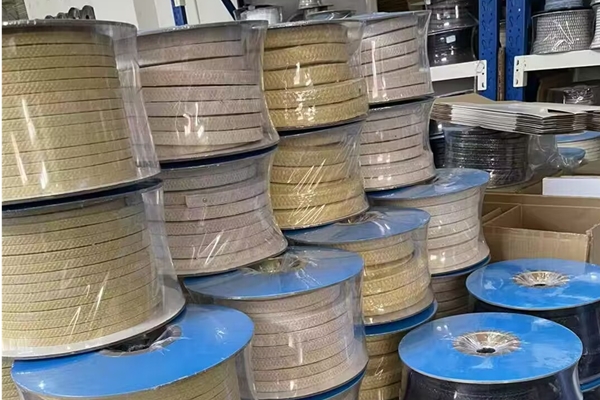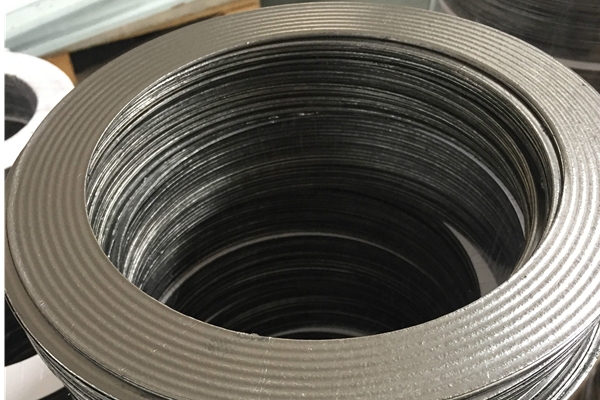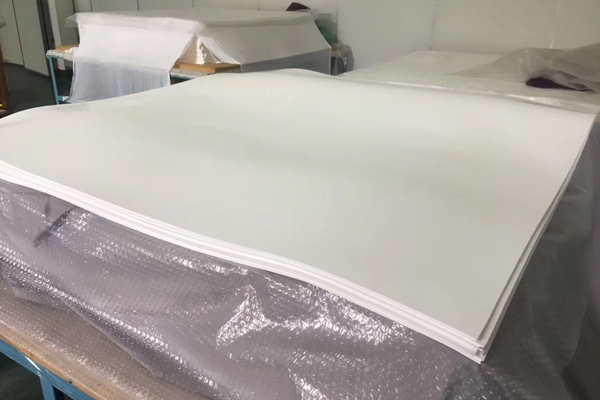Static seals are used in hydraulic applications where two mating surfaces or edges need to be actively sealed. By definition, a static seal is a seal that remains stationary and is not affected by movement and related friction. The static seal can be exposed to the hydraulic pressure on both sides, or it can be exposed to the hydraulic pressure on one end, and the other end is exposed to the air.
The static seal usually seals the valve body, flange or head with another fixed pipe, cap, or another component in hydraulic systems. An example is the back cover of a piston pump, which must be sealed with the pump casing, to do so with gaskets or o-rings. The seal must only contain oil under low pressure conditions and prevent it from inadvertently leaking from the pump.
A similar example of exposure to high pressure is the flange cover of a gear pump. In the case of a gear pump, the spur gear that contains the pressure must be able to withstand the full pump pressure, so the static seal must be strong enough to avoid squeezing and leakage.
In hydraulic cylinders, static seals are used to seal the barrel heads and caps of tie rod cylinders, or to weld the heads or glands of cylinders. Likewise, these static seals must prevent internal pressure from escaping. If the extrusion gap is too large, the tension of the tie rod will loosen the gap and provide a path for extrusion. The static seal used to seal the pipe in the tie rod cylinder is particularly prone to failure.
In cartridge valve applications, “mode” describes the port of the valve. The 5-port valve has 5 ports. In the cartridge cavity, each port must be positively sealed to each other, which is bidirectional in most cases. The spool inside the cartridge valve itself is sealed by tight clearance and full oil film lubrication, but there is no static seal between each direction, and internal leakage will prevent the valve from operating normally, or even fail to operate at all. In addition, even the top of the cartridge valve must be sealed in the cavity to prevent external leakage.
A static seal is usually just an o-ring, but when extreme pressure is possible, a harder rubber or plastic backup ring will be located behind the o-ring to support it when exposed to pressure. Where the squeeze gap is the smallest, such as a pump housing, backup rings are rare. However, most cartridge valves will use a backup ring to support the o-ring in any direction, basically using three components to achieve a static seal.




